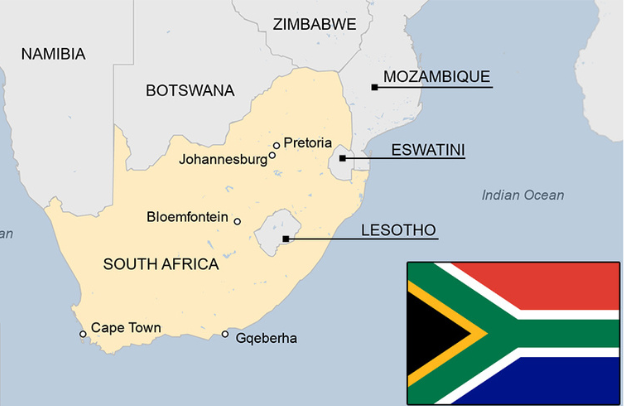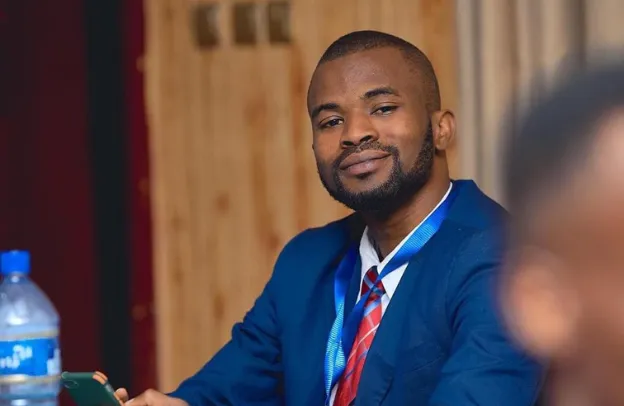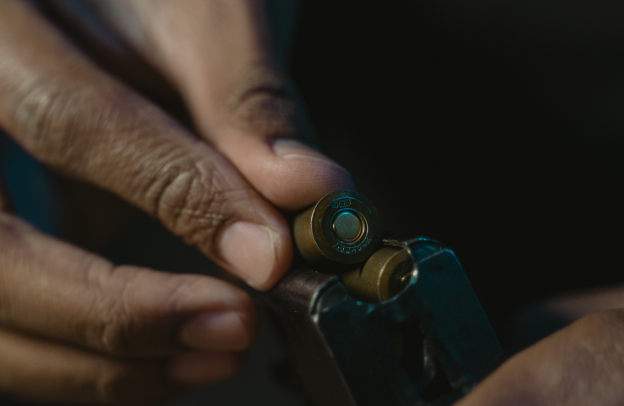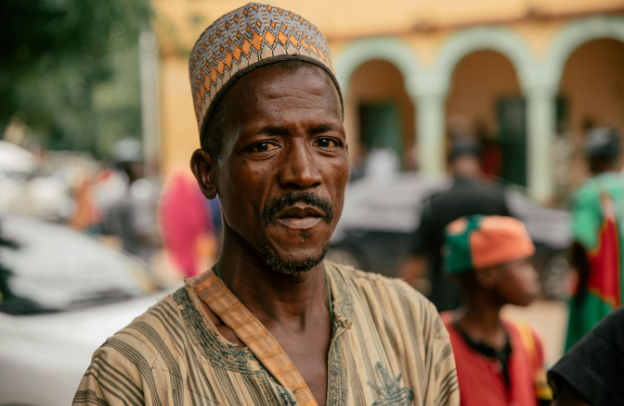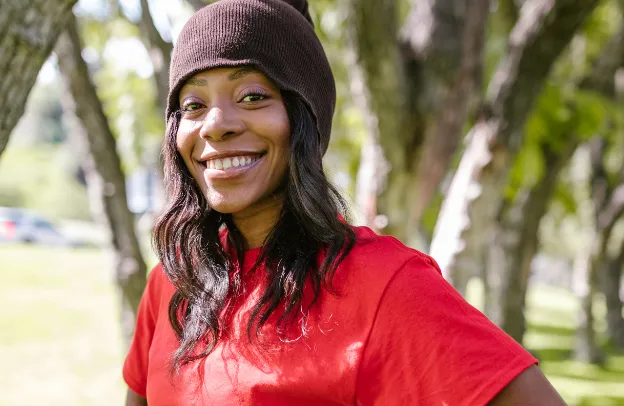Muddy Rivers of Blood in Congo
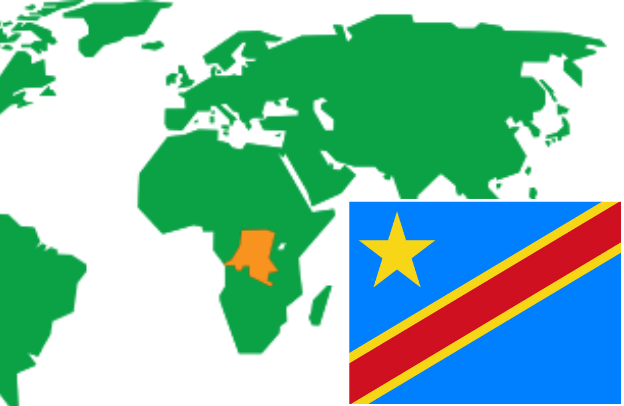
Tanignigui Siriki Soro | Contributor on politics-related Topics
One might think they have been transported back to an epic from the days of slavery, colonization, and the conquest of territories marked by barbarism. Yet, we find ourselves in 2025, while superpowers engage in discussions about technology development.
Take your Business Storytelling to the next level through our Story To Asset Transformation Framework.
In the Democratic Republic of Congo, an African nation, people are killing each other with massive weapons sourced from abroad, purchased with funds that could have been invested in vital sectors such as health, education, and national development, as well as in the ideals of Pan-Africanism and South-South cooperation. Meanwhile, these same African countries lament their status as low-income economies, dependent on aid from the Western world.
The enemies of Africa are often Africans themselves. When will we see true political consciousness in Africa? When will the fratricidal wars between nations and ethnic groups in Africa come to an end?
See also The Legacy of King James and the Unquestioned Reverence for Colonial Christianity in Africa
The conflict that has ravaged the Democratic Republic of the Congo for decades has persisted for far too long, resulting in catastrophic consequences for its people and the region as a whole. It is time for a collective reflection and action towards peace, unity, and sustainable development.
This brings us to consider the origins of the conflict in the Great Lakes region, its repercussions, and potential pathways to peace in the area.
Understanding this situation requires an analysis of the leadership in Rwanda and the Democratic Republic of Congo, the negative influence of Western countries aiming to take advantage of the Democratic Republic of the Congo’s resources, and the ideological and ethnic factors that contribute to the war.
The Origins Of The Conflicts
To understand the history of the Democratic Republic of the Congo (DRC) and its leadership, it is important to highlight the role of Patrice Lumumba, the country’s first Prime Minister.
Lumumba was a prominent advocate for independence and sovereignty during the Brussels roundtable discussions in 1960, where he sought to challenge the colonial legacy imposed by Belgium. His firm stance against relinquishing the DRC’s valuable resources, especially uranium, to the United States was viewed as a betrayal by Western powers, which resulted in a collective effort to undermine him.
Tragically, Lumumba was assassinated on January 17, 1961, merely two months after taking office. In the aftermath of his death, Mobutu Sese Seko, who had been aligned with the CIA, seized power and maintained a dictatorship for over thirty years, prioritizing Western interests throughout his regime.
See also The Life & Legacy Of Simon Kimbangu (Congolese Religious Leader) With Kiatezua Lubanzadio
Mobutu’s authoritarian and corrupt rule significantly undermined the Democratic Republic of the Congo (DRC), creating a power vacuum that allowed neighboring nations such as Rwanda and Uganda to interfere in the country’s internal matters.
Following Mobutu’s ousting in 1997, Laurent-Désiré Kabila rose to prominence as a leader backed by a coalition that included Rwandan and Ugandan military support. However, Kabila’s growing reluctance to accept foreign influence eventually strained his relationships with these allies, and from there “love etait devenu velo’’ led to the outbreak of the Second Congo War in 1998.
Kabila’s assassination in January 2001 paved the way for his son, Joseph Kabila (2001-2019), to take power. Joseph Kabila, lacking experience, was quickly endorsed by the so-called “international community.” His long tenure of 18 years did not lead to a resolution of the conflict, as he often appeared passive in the face of ongoing violence.
Felix Antoine Tshisekedi in 2019 inherited a complex set of challenges, including ongoing conflict, economic instability, and humanitarian crises. His administration has faced criticism for inconsistency in addressing the actions of foreign mercenaries and armed groups, most notably the M23 rebel group, Bayamulenge Tutsi ethnic group which reportedly receives support from Rwanda.
Recent reports from a United Nations expert panel have underscored the deteriorating humanitarian situation in the DRC, particularly in the provinces of North Kivu, Ituri, and Maï-Ndombe.
The panel’s findings suggest that the Rwandan army is again backing the M23 rebellion, highlighting the intricate networks of both local and foreign armed groups operating in the region. This “halfway report,” delivered to the UN Security Council’s committee for the DRC, is the result of extensive investigations and provides critical insights into the ongoing instability.
In this context, the situation appears reminiscent of the earlier Kabila era, where external influences and internal conflicts intertwined to create a challenging environment for governance and stability.
The recent signing of a contract by the European Union (EU) with Rwanda further complicates matters, raising concerns about the implications for regional security and the DRC’s sovereignty.
The repercussions
The recent attack in Goma has resulted in 700 fatalities and left 3,000 individuals affected. Throughout years of ongoing violence, the Democratic Republic of the Congo (DRC) has earned a reputation as one of the most perilous places in the world for women, where sexual violence is systematically employed as a weapon of war. Activists and humanitarian organizations estimate that millions of women have fallen victim to rape and other forms of sexual violence.
Furthermore, numerous armed groups, as well as government forces, have been implicated in the massacre of civilians, often targeting individuals based on ethnic or political affiliations. Entire villages have been devastated, leading to the deaths of thousands.
Many armed factions have also conscripted children as soldiers, coercing them to engage in combat, transport weapons, or fulfill logistical support roles. This alarming trend has inflicted profound trauma on children and their families.
The conflicts have precipitated massive population displacements, forcing millions to abandon their homes in search of safety from violence. This displacement has resulted in significant humanitarian crises, with critical needs remaining unmet.
See also How Indigenous Knowledge Systems (IKS) Empower the African Diaspora in the Journey of Decolonization
Moreover, the conflicts in the Congo have frequently been exacerbated by the insatiable greed for natural resources, including minerals such as coltan, gold, and diamonds. Armed groups have exploited these resources to fund their activities, further entrenching the cycle of violence and instability.
The Perspective For Peace
Several attempts at diplomatic resolution of the conflict have proven futile. This Saturday, Congolese President Félix Tshisekedi and Rwandan President Paul Kagame will meet in Tanzania for an extraordinary regional summit in response to the escalating violence in the eastern Democratic Republic of the Congo (DRC). The announcement of their participation was made by Kenyan President William Ruto. Will this be the turning point?
In a statement released on Monday evening, M23 announced a unilateral ceasefire effective from Tuesday, citing “humanitarian reasons.” The Congolese government has periodically sought to negotiate peace agreements with various armed groups operating in the eastern provinces. Efforts to strengthen state authority and improve governance have been integral to these initiatives.
See also Evaluating Racial Bias in Large Language Models: The Necessity for “SMOKY” by Janga Bussaja
The DRC has implemented Disarmament, Demobilization, and Reintegration programs aimed at disarming and reintegrating former combatants into civilian life. These programs are crucial for reducing the number of armed groups and fostering stability.
United Nations Organization Stabilization Mission in the Democratic Republic of the Congo (MONUSCO): MONUSCO has been active in the DRC since 2010, focusing on protecting civilians, supporting the government in stabilizing the country, and facilitating humanitarian assistance.
The mission also works on disarmament and promoting human rights. The AU has been involved in peacekeeping efforts and has supported diplomatic initiatives to promote dialogue between conflicting parties in the DRC.
In light of this situation, the 16 member countries of the Southern African Development Community (SADC) have called for a “joint summit” with the eight nations of the East African Community (EAC), which includes Rwanda.
Thus, this summit in Tanzania is crucial for attempting to de-escalate tensions and find a sustainable solution to this humanitarian and security crisis.
See also The Power of Indigenous Knowledge Systems in Global Cooperation
All eyes will be on Dar es Salaam this weekend as regional leaders seek to establish constructive dialogue and curb the growing threat posed by the M23.
Our generation cannot afford to fail in its mission, which is to reconcile the hearts and souls of our people so that we can uplift our African continent. We desire peace in Congo and throughout the continent.
References:
- Amazon.com: The Congo from Leopold to Kabila: A People’s History eBook : Nzongola-Ntalaja, Georges: Kindle Store
- Congo: The Epic History of a People: Van Reybrouck, David: 9780062200129: Amazon.com: Books
- UN Documents for the Democratic Republic of the Congo
Take your Business Storytelling to the next level through our Story To Asset Transformation Framework.

